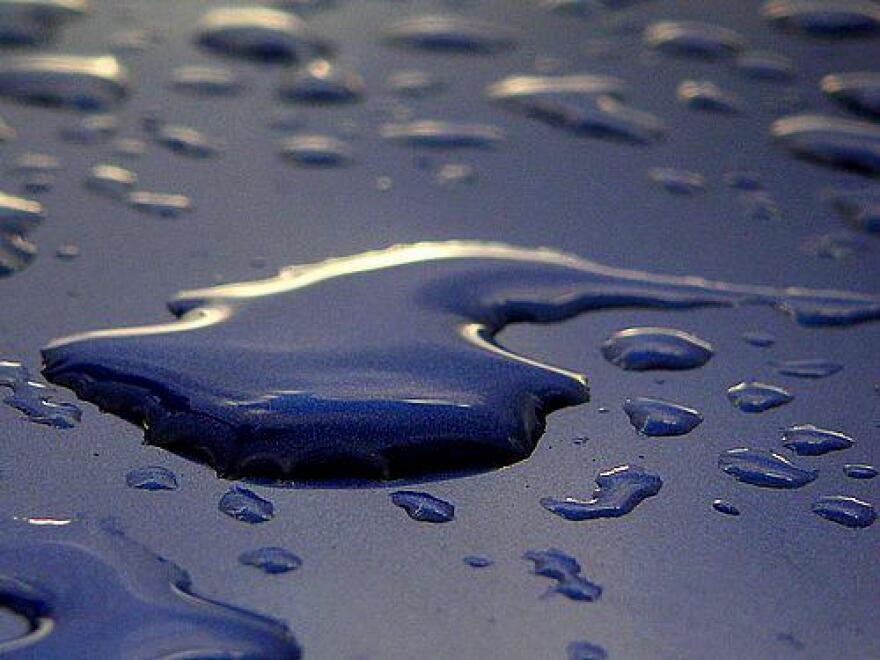The Kentucky Division of Water is encouraging citizens to learn how they can conserve water during drought and year-round with some simple changes in their water-use habits.
“Some customers of public drinking water utilities may have already been notified about a call for voluntary conservation measures while others may be willing to reduce water use as a general principle,” said Bill Caldwell, drought coordinator at the Kentucky Division of Water. “The fact is, there are steps all of us can take to practice water conservation without a great deal of personal sacrifice.”
Caldwell said the first step is getting an idea of how much water your household uses on a daily basis. Begin by taking a quiz called “Test Your WaterSense” at http://www.epa.gov/watersense/test_your_watersense.html. The quiz is fun, interactive and full of information about water use inside and outside the home.
“Some people are shocked to learn how much water they and their families use daily or monthly,” said Caldwell. “It’s always wise to eliminate the possibility of leaks, which is literally money down the drain. Simply read your water meter before and after a two-hour period when no water is being used. If the meter does not read exactly the same, you probably have a leak.”
The WaterSense program, which is sponsored by the U.S. Environmental Protection Agency, also provides information, by brand name, on the water- and energy-saving efficiency of appliances and fixtures. Products carrying the WaterSense label are approximately 20 percent more efficient than their standard counterparts. You can access the WaterSense product directory here: http://www.epa.gov/watersense/products/index.html.
· Limit outdoor water use to keeping landscape plants and shrubs alive during the dry period and perform watering in the morning or late evening. Avoid trying to bring a lawn back once it has begun to turn brown. Established lawns and landscape plantings can usually survive without watering.
· Avoid washing cars, patios and sidewalks. Use local car washes if absolutely necessary, and use a broom to maintain a clean sidewalk or driveway.
· Equip your hose with an automatic shut-off nozzle.
· Capture rainwater in barrels and buckets placed at downspouts. Re-use “gray” water from baths, showers and hand basins (not toilets) for use on indoor and outdoor plants.
· Repair leaking toilets, faucets and hoses. A leaky toilet can waste as much as 200 gallons of water per day.
· Place a weighted plastic one-half-gallon jug or a toilet dam in the tanks of conventional toilets to displace and save water with each flush.
· Reduce the length of showers and limit the time a faucet runs while washing hands or brushing teeth. Only about 5 percent of water used in the home is for drinking and cooking. Most water is used in bathrooms (75 percent) and for laundry and cleaning (20 percent).
· Install a low-flow showerhead. New models use 2.5 gallons per minute compared to older molds that use 5 to 7 gallons per minute.
· Turn off the tap while brushing teeth or shaving to save more than 200 gallons of water per month.
· Install aerators on all faucets to reduce water use by 50 percent.
· Keep a pitcher of drinking water cold in the refrigerator to avoid running the faucet to get cool water.
· Completely load dishwashers and clothes washers prior to operation. Eliminate pre-rinsing of dishes to save 10 gallons of water per load. Use the proper water level or load size selection on the washing machine.
· Invest in WaterSense washing machines that reduce water use from 54 to 27 gallons per load.
For more information about drought in Kentucky, visit the DOW Drought Monitoring web page at http://water.ky.gov/wa/Pages/Drought.aspx




